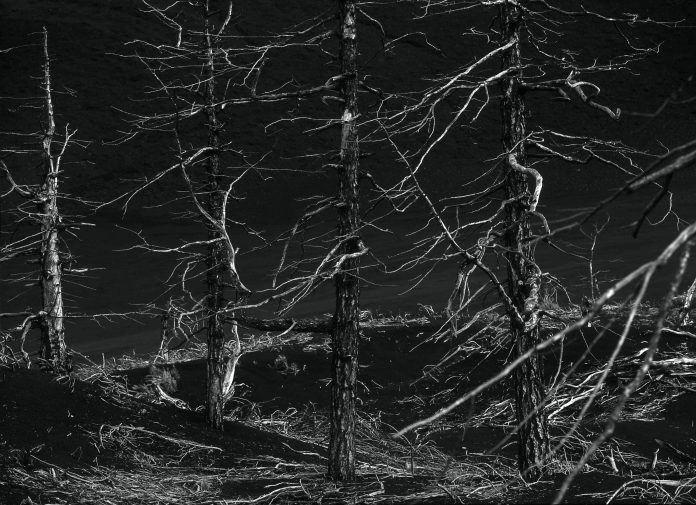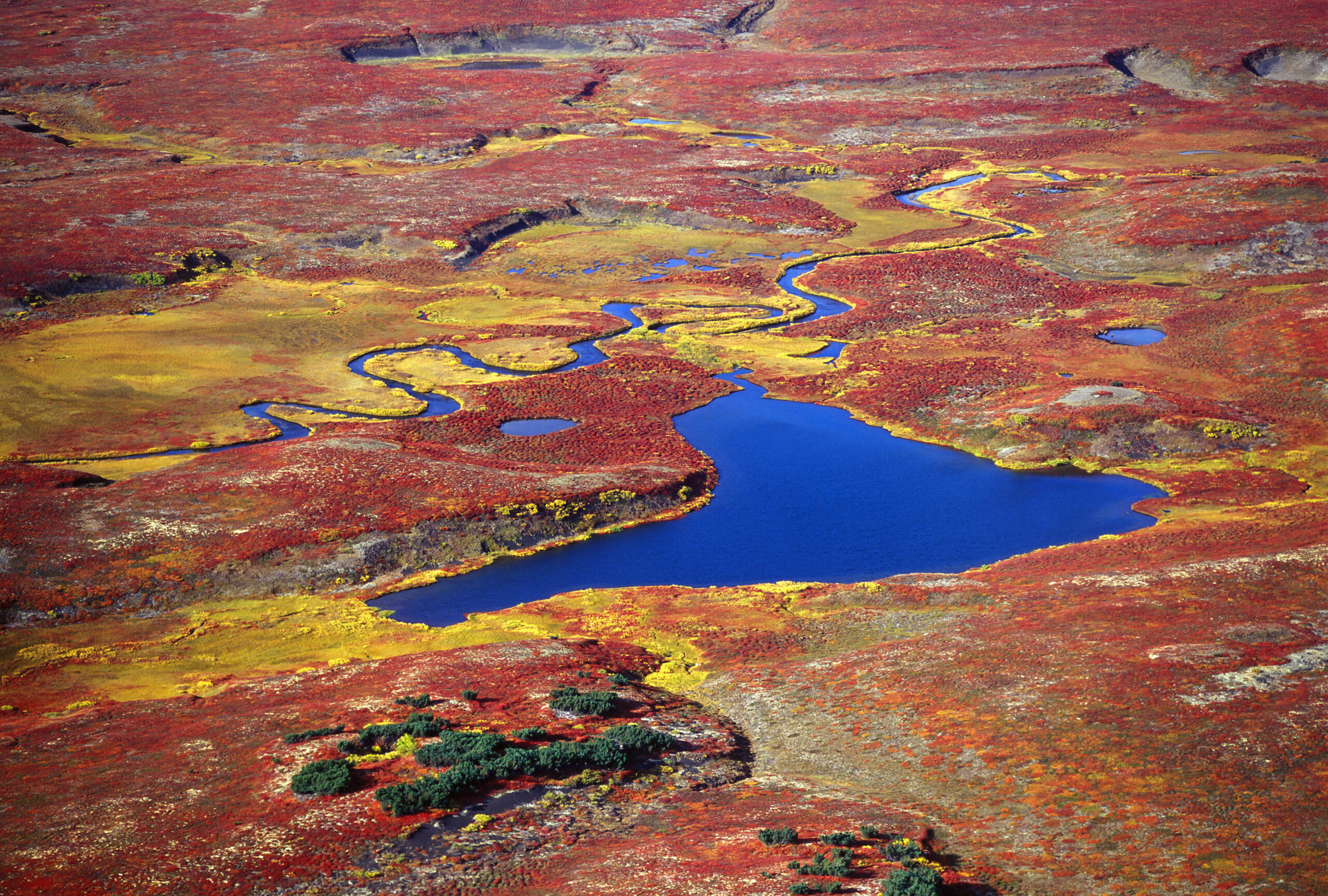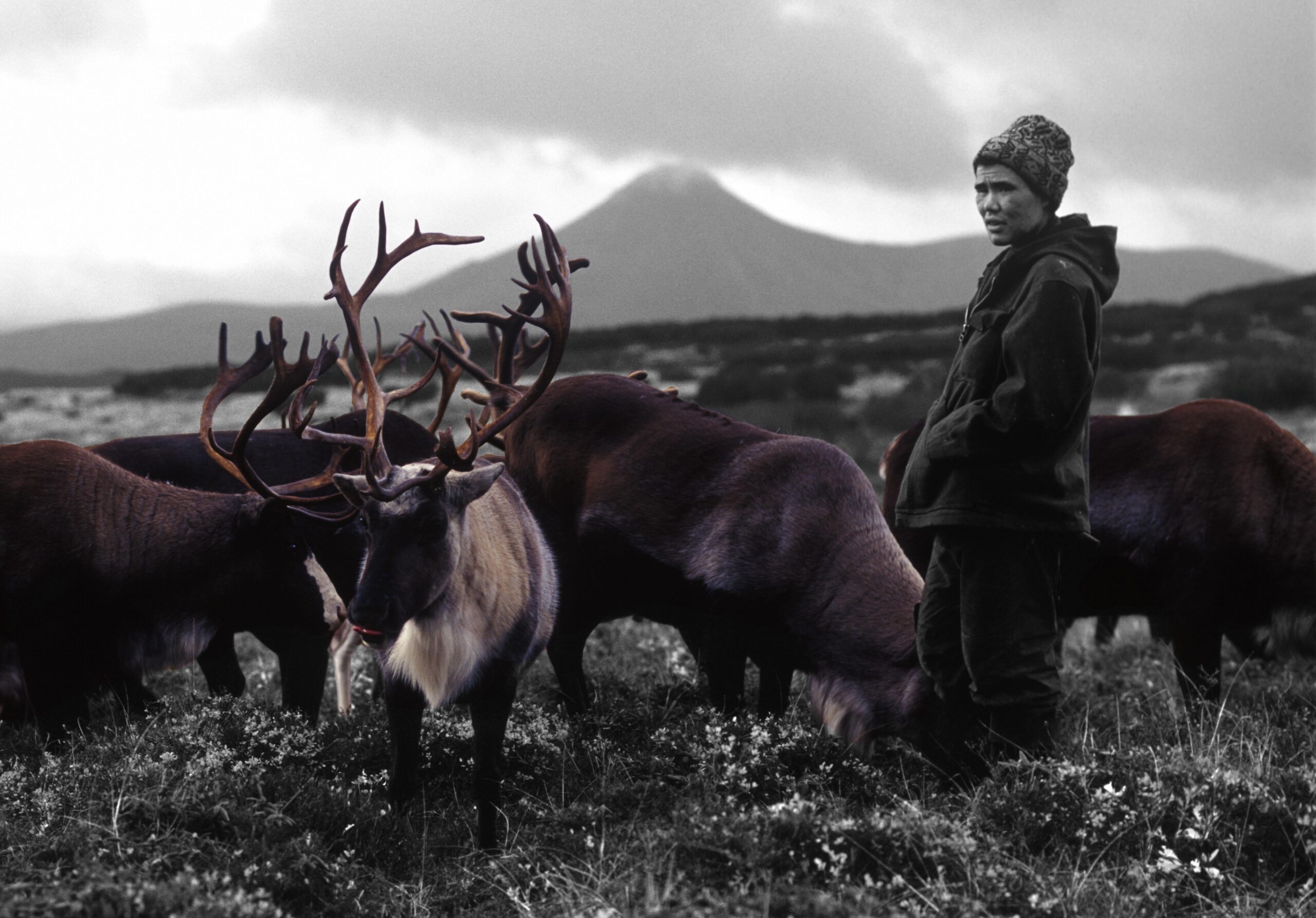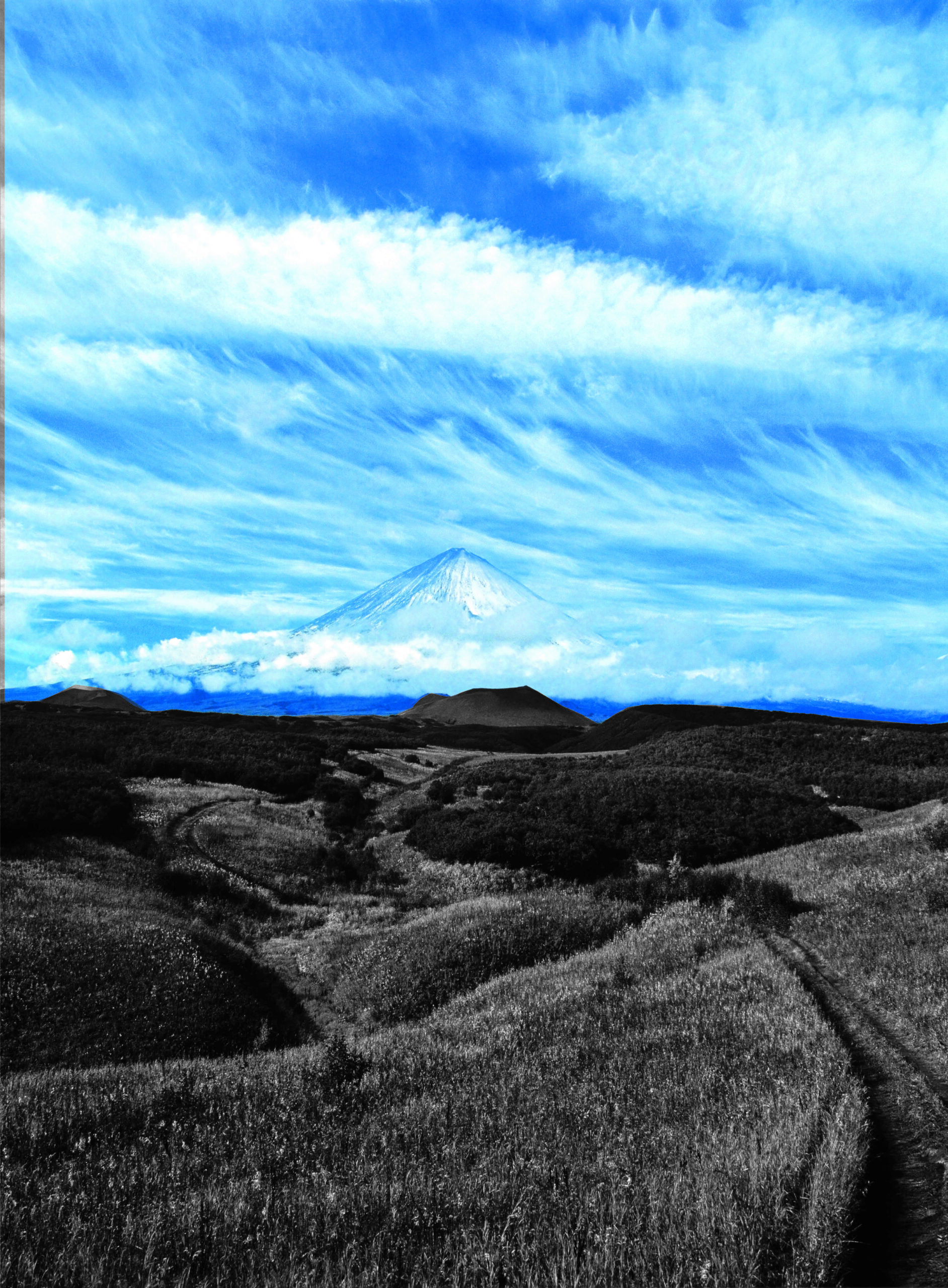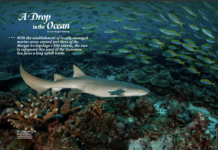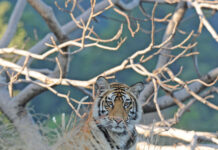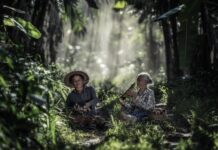The Kamchatka Peninsula is one of the most remote regions from the population centres of Russia. For example, for people who live in Moscow it is cheaper to travel to Bali for two weeks than fly to Kamchatka. The time difference between Moscow and this peninsula is nine hours.
Kamchatka is full of amazing contrasts: on the coast there is snowy and warm winter, in summer – very warm. But at the centre of the peninsula in winter temperatures drop to -45degC and snow cover thickness can reach 12 metres, and in July temperatures rise to 40degC.
On this huge peninsula – a size approximately similar to the territory of both Laos and Cambodia – there are only 342 thousands of inhabitants. Nowadays, a few thousand indigenous people live in Kamchatka: the Chukchi, the Koryaks and the Itelmens. Usually they are hunting, fishing and rearing of reindeers. Twenty-seven percent of Kamchatka territory is protected by the government – it includes three national parks, five nature parks and other types of guarded areas.
According to historical data, the first Russians arrived in Kamchatka in 1651. Stepan Krasheninnikov, famous Russian scientist, explored Kamchatka. In 1729, researcher Vitus Bering discovered the Gulf of Kamchatka. By the 18th century, Georg Steller, a German scientist, had been working and exploring the Kamchatka Peninsula.
Today, the peninsula railways and regular sea passenger transport do not exist. The inlands of Kamchatka are difficult to access; it is possible to reach them only by off-roaders with advanced features. The only way to get to the many national parks is by helicopter, and even then, only in the summer/autumn months.
The ultimate reason for tourists visiting Kamchatka is the brown bear, the region’s biggest predator, with population numbers at about 20,000. Unfortunately, brown bear hunting is still allowed in spring and autumn. At this time of the year, many Japanese, American and Europe hunters come to Kamchatka for this purpose. In their own countries, bear hunting is forbidden. Per year, nearly 1,000 bears are killed. Nowadays, Prime Minister Vladimir Putin personally heads campaigns for the protection and preservation of rare animals within the Russian Federation, including bears.
Only in Kamchatka can you alpine ski and get in from snowy mountains to thermal hot reservoirs within minutes. There is the Valley of Geysers that is famous for its almost untouched original flora and fauna. Here, people can travel on special wooden paths, where everything is covered with colourful moss.
Under the moss is hot dirt and if you drop into it, you will get seriously burnt.
Animals take expert-like advantage of the contrasts of Kamchatka’s nature: bears come in the early spring when it is covered with snow, but near the geysers, green grass grow; birds build their nests on warm ground, which are heated by the hot springs. For them, it is a natural incubator.
For the rest of this article (Asian Geographic No.79 Issue 2/2011 ) and other stories, check out our past issues here or download a digital copy here


